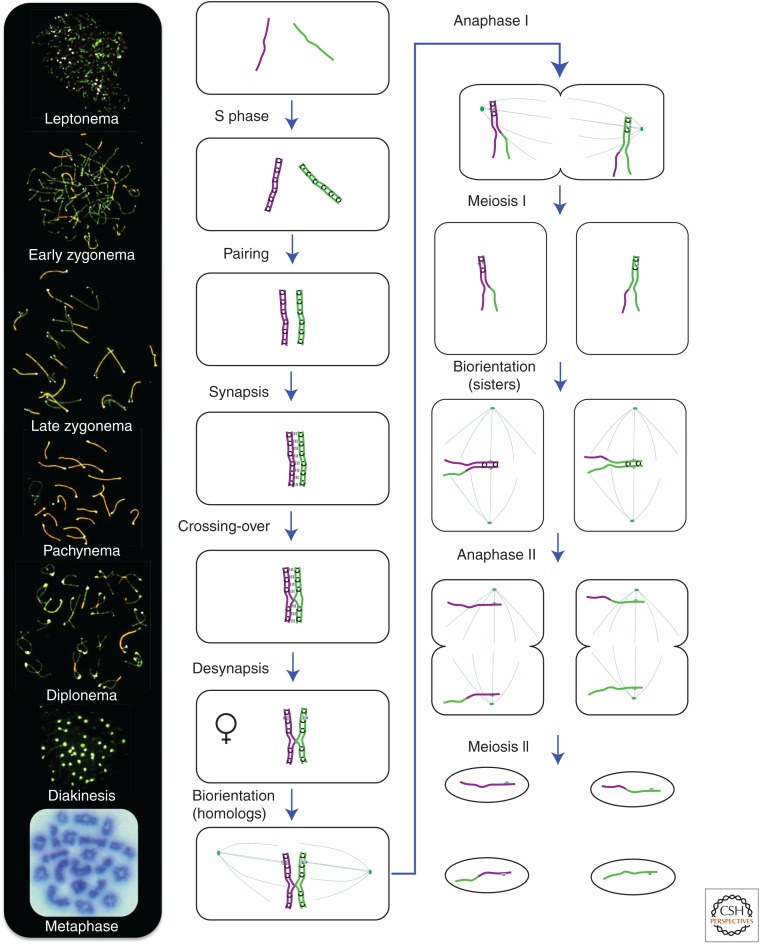resolution mapping of heteroduplex DNA formed during UV Biology Diagrams Tendon, tissue that attaches a muscle to other body parts, usually bones. Tendons are the connective tissues that transmit the mechanical force of muscle. This human anatomy diagram with labels depicts and explains the details and or parts of the Tendons In The Body. Human anatomy diagrams and charts show internal organs, body systems

Tendons are soft, fibrous tissues that connect muscle to bone. Their main function is to transfer muscle generated force to the bony skeleton, facilitating movement around a joint, and as such they are relatively passive, inelastic structures, able to resist high forces. Tendons are predominantly co … Anatomy . Tendons are structures located at each end of a muscle. One end of the tendon attaches to your muscle while the other connects to a membrane over your bone, called the periosteum. These structures are flexible but not elastic, and may tear if you stretch them too far. Structure . Tendons are a type of dense, regular connective tissue.

Tendon Structure and Composition Biology Diagrams
Structure-function relationships in tendons: a review. Journal of Anatomy 2008; 212: 211-228; ↑ Buschmann J, Bürgisser GM. Structure and function of tendon and ligament tissues. Biomechanics of Tendons and Ligaments. 2017:3-29. ↑ 5.0 5.1 5.2 Sharma P, Maffulli N. Biology of tendon injury: healing, modeling and remodeling. Journal of tendon will scar to its sheath or other surrounding structures. Excessive scarring to the tendon will limit or deny its normal excursion. Scarring is a particular problem in areas where the healing tendon is in close association with a tendon sheath or retinacular restraint. The tendon is a "mechanical bridge," transmitting muscle forces to the bones and joints. This tough, fibrous structure also helps muscles complete joint movements along a plane. The tendon type reflects its associated muscle's morphology and function. Tendon tissue is present throughout an entire muscle's length, not only the tips. The muscle's connective tissue layers (epimysium, perimysium

What is the anatomy of a tendon? Tendons are mostly collagen, one of the most abundant proteins in your body. Tendons also contain blood vessels and nerves. occurs when collagen in your tendons has accumulated many torn fibers within the tendon which weakens the tendon thus deteriorates the tendon structure. Tendon overuse causes tendinosis Tendon, tissue that attaches a muscle to other body parts, usually bones. Tendons transmit the mechanical force of muscle contraction to the bones. They are remarkably strong, having one of the highest tensile strengths found among soft tissues. Learn about the anatomy and physiology of tendons.
